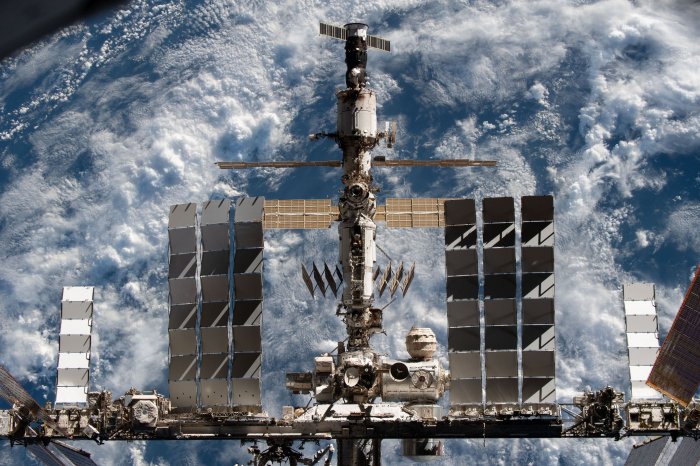Space Perspective on Tuesday unveiled its Spaceship Neptune, a luxurious crew capsule designed to take travelers into the stratosphere — about 100,000 feet high — for about $125,000 per passenger. Photo Courtesy Space Perspective
ORLANDO, Fla., April 12 (UPI) — Want to be a space tourist but can’t spend tens of millions of dollars?
Space Perspective, a Florida-based space tourism company, is working on another option that falls in the six-figure range.
On Tuesday, the company provided a sneak peek into the luxurious $125,000-per-ride accommodations its passengers will enjoy as they stare down Earth from a vantage point that has mostly been limited to astronauts, the super rich and the super lucky.
Coinciding with the anniversary of the first human spaceflight, the company released artist’s illustrations of the interior of its crew capsule, called the Spaceship Neptune. The vessel is named for the Roman god of the sea and 8th planet in the solar system.
Passengers who climb aboard will enjoy 360-degree panoramic views of Earth from the edge of space.
Started by Jane Poynter and Taber Macallum, the company plans to offer balloon rides to the outer reaches of the atmosphere as an alternative to the rocket-powered flights of Virgin Galactic and Blue Origin.
“Our team really worked hard to completely reimagine the space flight experience,” Space Perspective Co-CEO Jane Poynter told UPI.
Poynter said that in researching their spacecraft design, she and Macallum spoke to several astronauts who say that weightlessness — which passengers don’t experience on the trip — can be distracting for some people.
Their dream is to help encourage more people to be good stewards of the Earth, which Poynter wants these flights will accomplish.
Nearly going to space
Space Perspective hopes they can revolutionize the space tourism industry by offering a six-hour high-altitude balloon ride at about $125,000 per passenger.
Passengers will not have mandatory training, as Poynter says the experience is more like being on a commercial airline flight than one on a rocket.
Passengers will climb aboard before dawn, strap into the climate-controlled, pressurized capsule and then will fly to a height of 100,000 feet.
The ship glides for two hours at the edge of space, offering a rare view of Earth and the vastness of space, before splashing down in the ocean. From that point, a ship will retrieve the passengers, the capsule and the SpaceBalloon.
Each trip can hold up to 8 passengers, and the seats are customizable, offering at least two different configurations, including reclining seats or couches — and both include champagne.
Other food and beverage services will be offered, including special “mood” lighting that will help passengers see the experience’s crowning jewel — the curvature of the Earth against the blackness of space.
The capsule will also include a lavatory, and a “Space Lounge” complete with telescope, interactive screens and other decorations.
Making space more comfortable
Poynter describes the Spaceship Neptune experience as a more natural and welcoming environment designed to help passengers feel more connected to the Earth below.
Flights will depart from NASA’s Kennedy Space Center, with passengers overlooking the massive Vehicle Assembly Building — which is about as tall as the balloon — and the historic launch pads as it climbs above the Earth.
Poynter says that commercial flights are expected to begin in 2024, and she hopes to be among the first to fly. There there are about 600 people already on the waiting list, she said.
“Our mission is to inspire space explorers to connect more closely with our planet and each other,” Poynter said. “The environment in which they travel with us is a key part of this.”
The International Space Station is pictured from the SpaceX Crew Dragon Endeavour during a flyaround of the orbiting lab that took place following its undocking from the Harmony module’s space-facing port on November 8. Photo courtesy of NASA


